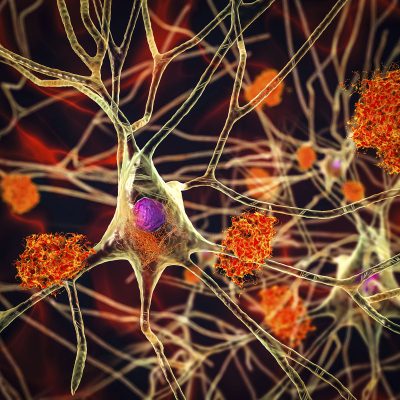Second Death Linked to Potential Antibody Treatment for Alzheimer’s Disease
Woman’s brain hemorrhage while receiving Eisai’s widely heralded lecanemab heightens concerns overs its safety

All Global Research articles can be read in 51 languages by activating the Translate Website button below the author’s name.
To receive Global Research’s Daily Newsletter (selected articles), click here.
Follow us on Instagram and Twitter and subscribe to our Telegram Channel. Feel free to repost and share widely Global Research articles.
***
A 65-year-old woman who was receiving a promising experimental treatment to slow the cognitive decline caused by her early Alzheimer’s disease recently died from a massive brain hemorrhage that some researchers link to the drug. The clinical trial death, described in an unpublished case report Science has obtained, is the second thought to be associated with the antibody called lecanemab. The newly disclosed fatality intensifies questions about its safety and how widely lecanemab should be prescribed if ultimately approved by regulators.
The woman, who received infusions of the antibody as part of the trial, suffered a stroke and a type of swelling and bleeding previously seen with such antibodies, which bind to and remove forms of amyloid-beta, a protein widely theorized to cause Alzheimer’s. After the stroke was diagnosed in an emergency room at Northwestern University Medical Center in Chicago, she was given a common intervention, the powerful blood-clot busting medication tissue plasminogen activator (tPA). Substantial bleeding throughout her brain’s outer layer immediately followed, and the woman died a few days later, according to the case report.
Rudolph Castellani, a Northwestern neuropathologist who studies Alzheimer’s and conducted an autopsy at the request of the patient’s husband, called the case “very dramatic.” The report, co-authored by Castellani, concluded that the woman, like the other person whose death was linked to lecanemab, had amyloid deposits surrounding many of her brain’s blood vessels. This pre-existing condition, found in both Alzheimer’s patients and to a lesser degree in the general population, frequently goes undetected other than by autopsy. It likely contributed to her brain hemorrhage after biweekly infusions of lecanemab inflamed and weakened the blood vessels. The vessels apparently burst when exposed to tPA—known to cause brain bleeds even in some conventional stroke cases.
“It was a one-two punch,” Castellani says. “There’s zero doubt in my mind that this is a treatment-caused illness and death. If the patient hadn’t been on lecanemab she would be alive today.” (Castellani says his comments reflect personal views and were not reviewed or approved by Northwestern. The patient’s husband told Science he authorized Castellani to speak publicly about his wife’s case. Science agreed to withhold both names to protect the family’s privacy.)
Click here to read the full article.
*
Note to readers: Please click the share buttons above. Follow us on Instagram and Twitter and subscribe to our Telegram Channel. Feel free to repost and share widely Global Research articles.
Featured image: There are two hallmarks of Alzheimer’s dementia, amyloid-beta protein deposits known as plaques among brain cells (yellow-orange bundles), and tangles of a protein called tau inside neurons (wiry objects inside the neuron), but several potential antibody therapies target just amyloid.KATERYNA KON/SCIENCE SOURCE

